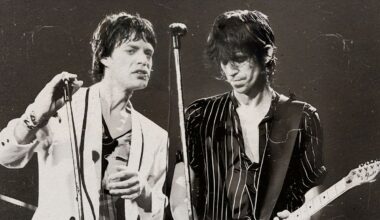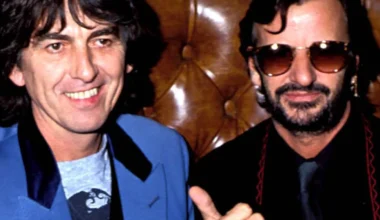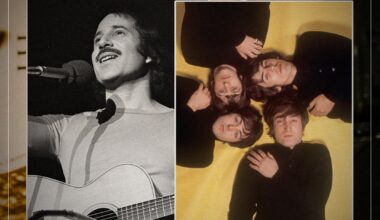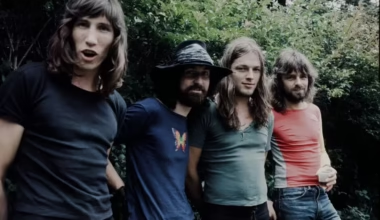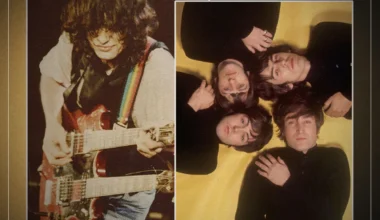When one thinks of Paul McCartney, you’re normally met with the image of the doe-eyed little cherub that was one half of the most prolific songwriting partnership of all time. Together, he and John Lennon wrote countless classics, and without this stellar pairing, The Beatles as the cultural behemoth we know and love today, wouldn’t have taken off. In many ways, they might not have even made it to Hamburg.
‘Help!’, ‘Eleanor Rigby’, ‘Let It Be’—the list of iconic songs the duo gave us is truly endless, and the feat remains as colossal as it was over 50 years ago. But while our image of McCartney is one of boyish charm and a lovelorn look in his eye, the reality is that McCartney was a songwriting master. He studied endlessly the power and craft of pop music and has continued to make heaps of tracks that profess of his great talent.
Although McCartney is an incredible songwriter, as shown in his time in Wings, and subsequent years as a solo artist, he’s also one of the best bassists we’ve ever known. Yes, the musos of the world might scoff at this assertion, but if you listen to his work on the four-string, you realise just how good McCartney is it at rhythmic work. He blends rock with R&B and soul, creating a sound that is as iconic as the words he’s penned.
Duly, McCartney has influenced legions of bass players over his career, and without his work on the bass, modern rock bass playing wouldn’t have many of its essential foundations, and this is a fact that cannot be ignored. Many of the tricks that McCartney employed are still heard ubiquitously in music today. So this begs the critical question, what bass players influenced McCartney? Unsurprisingly, it was two of the best.
In a past interview with Music Radar, McCartney said of his position as the bassist of the Fab Four: “From the word go, once I got over the fact that I was lumbered with the bass (laughs), I did get quite proud to be a bass player, quite proud of the idea. Once you realised the control you had over the band, you were in control. They can’t go anywhere, man. Ha! Power!”.
After revealing that his father was a musician, who’d point out the difference between a bass and a guitar when a song came on the radio, McCartney explained: “So when I came to the Beatles, I had a little bit of musical knowledge through him – very amateur. And yes, then I started listening to other bass players, mainly as time went on. Motown, James Jamerson became just my hero, really. I didn’t actually know his name until quite recently. Him and Brian Wilson were my two biggest influences.”
McCartney continued: “James Jamerson just because he was so good and melodic, and Brian because he went to very unusual places. If you were playing in C he might stay on the G a lot, just to hold it all back, and again, I started to realise the power you had within the band, not actually vengeful power, just that even though the whole band is going in A you could go in E, and they’d go ‘Let us off the hook!’ You’re actually in control then, an amazing thing.”
Being “in control” is a technique not often thought of as such. Being in the studio and a part of a track is certainly beneficial to getting a great song down on the tape, but for virtuosos like McCartney, it needs to go one step further; it needs complete dominance over the recordings. This was a lesson he undoubtedly learned from The Beach Boys mastermind, Brian Wilson.
Wilson was a noted influence on McCartney’s career. Not only did he write ‘God Only Knows’, a song which McCartney has regularly cited as his favourite of all time, but his use of studio techniques and meticulous dedication to perfection are something that McCartney certainly took into The Beatles final albums, even leaving himself as the outcast of the group as he assumed creative control.
The lessons that Jamerson and Wilson taught McCartney would stand him in good stead for creating his style that is so unmistakable today: “So I sussed that and got particularly interested in playing the bass. Then I took it beyond that. I thought, ‘If you can do that, what else can you do?’ You might even be able to play notes that aren’t in the chord.”
The ‘Yesterday’ mastermind concluded: “I just started to experiment: what could you do? Well, maybe you can use different notes. Sevenths instead of the regular notes, or maybe even a little tune through the chords that doesn’t exist anywhere else. That idea of an independent melody.”
For one of the most iconic musicians of all time to advocate experimentation, it says it all. The rulebook is there to be torn up.

